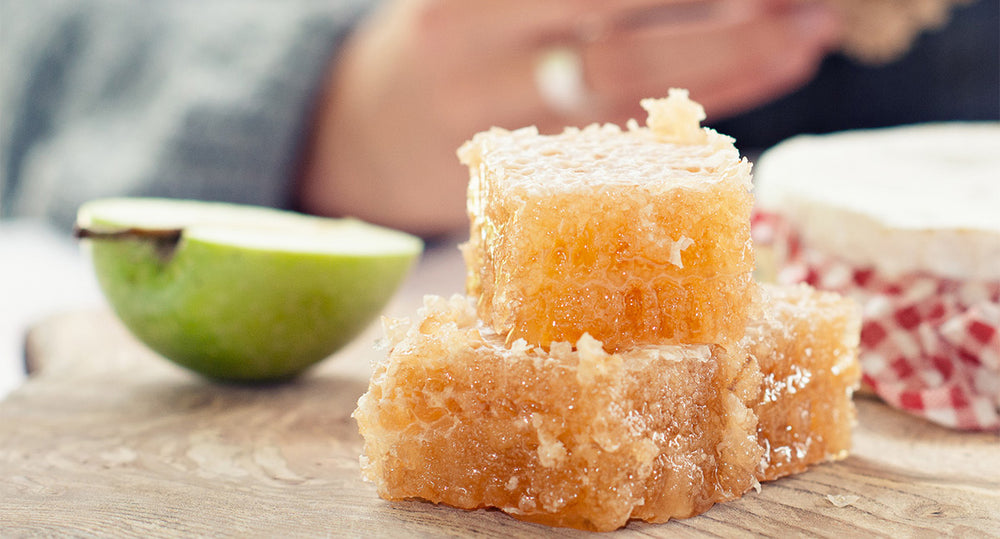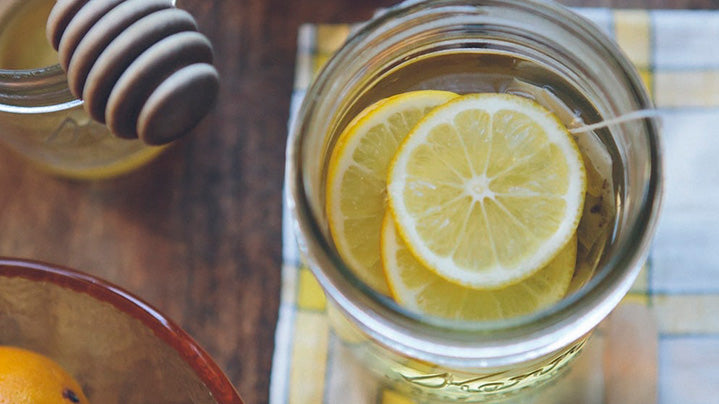The Antimicrobial Activity of Australia’s Healing Honey
What’s your reason for enjoying honey? It’s deliciously sweet taste? The fact that it has a lower Glycaemic Index (GI) than other natural sweeteners and is therefore a healthier alternative to sugar? You simply can’t get enough?
Whatever your reasons, we have another one to add to your list – honey has antimicrobial properties!
Honey has been shown to help reduce the growth of pathogenic microorganisms that can cause nasty infections.
But not all honey has the same level of antimicrobial power. Honey is measured for its ‘Total Activity’ or TA, a measure of the strength of its antimicrobial potency. The higher the TA number, the stronger the antimicrobial potency and healing properties.
Not All Honey is Created Equal
Regular, cheaper honeys in squeezy bottles from the supermarket are not active healing honeys. Active healing honeys have a TA rating of 10+ or above. Necta & Hive Jarrah Honey has a TA rating of 22+ and Necta & Hive Marri Wild honeycomb has a TA rating of 15+.
Having a high TA rating means that a honey is capable of inhibiting microbial growth, reducing infection and enhancing healing.
What’s more, Necta & Hive Jarrah 22+ TA and Necta & Hive Marri Wild Honeycomb 15+ TA active Australian honeys are independently tested and expertly measured for their TA rating. This means that you can be sure you’re getting the TA strength and microbial potency we say you’re getting.
The Antimicrobial Benefits of Active Healing Honey
The antimicrobial properties of active healing honeys such as ours mean that consuming them can help inhibit the growth of microbes including bacteria, viruses, fungi and yeasts. It can also help to speed up recovery from an infection.
This is due to the hydrogen peroxide content of active healing honey. Hydrogen peroxide is formed in the honey by the action of an enzyme called glucose oxidase reacting with the glucose in the honey and the oxygen molecules in water. Glucose oxidase is naturally added to honey by honey bees.
When used to help treat an infection, for example, in a skin wound, honey draws moisture from the wound. The oxygen molecules within the moisture react with glucose oxidase which produces hydrogen peroxide. This then helps to heal the infection by penetrating the cell wall of the microbe and disrupting its growth and reproduction.
The Science Behind Healing Honey
It’s for these reasons that hospitals and clinics use wraps and dressings infused with active healing honey to dress wounds. They help to clear up infected wounds, prevent new infections and provide a moist healing environment that is less likely to harbour harmful bacteria.
There’s science that backs this up too. Studies show that honey from Western Australia, in particular, Jarrah honey, known as Australia’s healing honey, has consistently high antimicrobial activity. Up to 90% greater than that of Manuka honey from New Zealand.
It showed that it could inhibit the growth of bacteria that commonly infect skin wounds and burns, plus candida that causes common yeast infections.
Studies suggest “exceptional” antimicrobial activity from Jarrah honey. In fact, it’s among the most potent honeys with antimicrobial properties in almost 500 Australian active honeys tested.
Using Necta & Hive Jarrah 22+ TA Honey
We recommend using Necta & Hive Jarrah 22+ TA honey for healing infected cuts and wounds as it has one of the highest TA ratings on the market.
Using a clean wooden spatula or cotton bud, gently smooth a layer of the honey over the affected area and let the natural antimicrobial healing properties get to work.
Once you’ve touched your skin, don’t dip the spatula or cotton bud back into your pot of honey. If you need to reapply, use a clean utensil. Keep the honey on as long as possible, cover with a clean muslin cloth if you’re going out or to bed. Wash off the following day and reapply as necessary.
Active healing honey not only helps to clear up infections, but also helps with the problem of antibiotic resistance. It’s also effective at helping to treat sore throats caused by bacterial infections, so make sure you take a teaspoonful when you feel a throat tingle. Pretty good for something that tastes so delicious, too!






